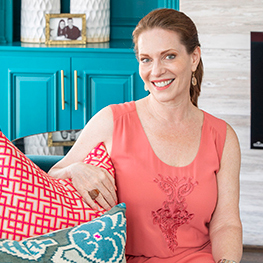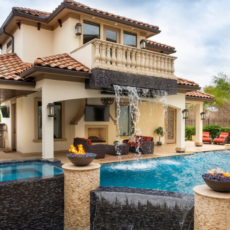Houston Interior Designer Danna Shares Her Tips for Creating a Lighting Plan
Lighting is one of the most powerful yet often overlooked elements of interior design. It has the ability to completely transform a space, set the mood, enhance architectural features, and make a room feel warm and inviting (or dark and gloomy).
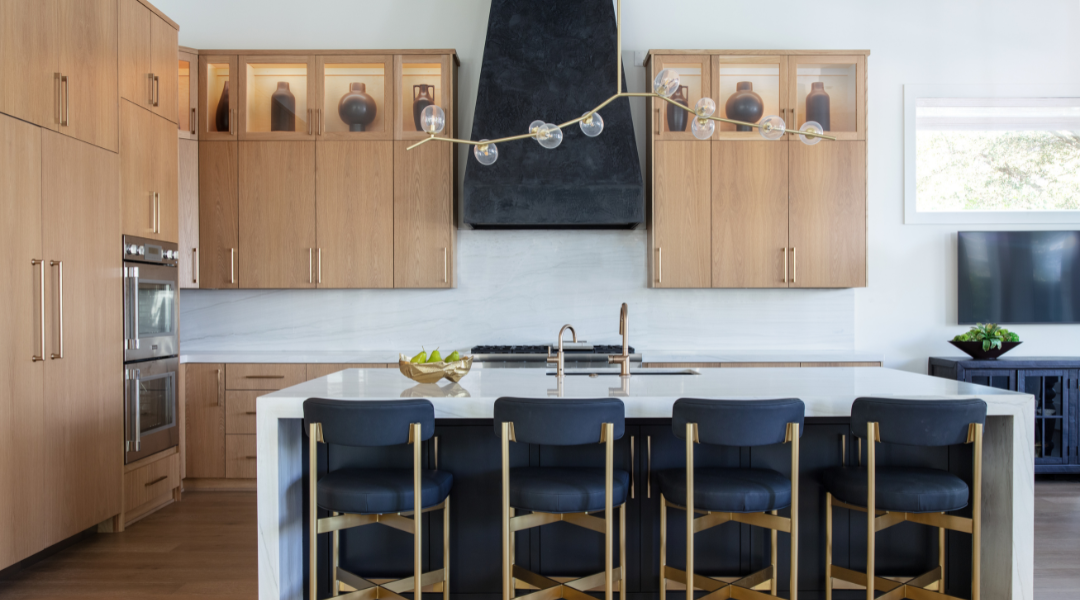
When designing homes in and around Houston, Texas, we take a thoughtful approach to lighting, ensuring it complements the home’s layout, decor, and natural light sources. Just like the perfect outfit isn’t complete without the right accessories, a beautifully designed space isn’t truly finished without a well-planned lighting strategy.
In this blog, we’ll explore the different types of lighting, how they work together, and why they play a crucial role in creating a home that is both stylish and functional.
The 3 Different Types of Lighting
Interior designers utilize three different types of lighting. It’s crucial to understand how to use these methods together. We layer them, using lighting as a design tool to provide a handful of basic purposes in a space.
1. Ambient Lighting
The foundational or general illumination typically comes from overhead fixtures and natural light from the windows. Think of it as the practical light of the space. This could be a beautiful chandelier that provides light for the entire room or recessed lighting that fills a space.
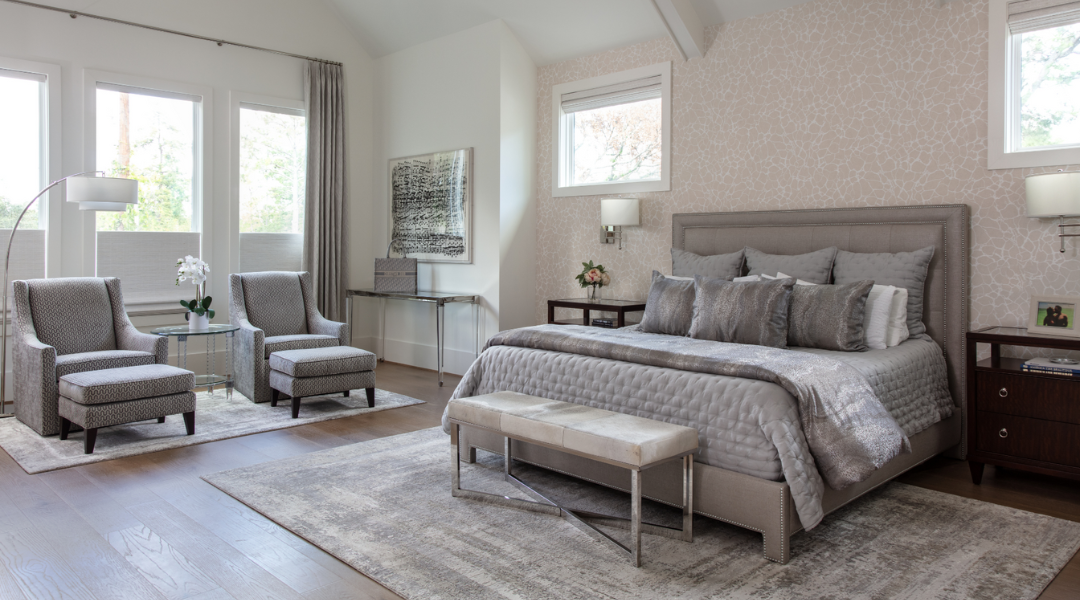
2. Task Lighting
This type of lighting provides directional light on specific work areas or tasks. Pendant lighting would be used above a kitchen island for food prep or hanging above nightstands for reading your favorite book. Recessed lights and under cabinet lighting are all great choices for task lighting.
3. Accent Lighting
It’s exactly what it sounds like. It accentuates, adds drama, and highlights architectural features, details, and other focal points in a room. An accent light could be implemented to highlight a beautiful piece of artwork or a sculpture. You could add an eye-catching sconce on a wall to create a unique design effect that also functions as a beautiful source of lighting.
The Purpose of Lighting in Interior Design
Remember, lighting creates an ambiance or mood that can transform an entire space. The right lighting can have theatrical effects and enhance your well-being. Lighting can also change depending on where you put it and what surrounds it. If you think about it, lighting can be stunning. The same fixture and bulb can have either little impact, like a single downlight in the middle of a room, or it can make a strong impression, like a single downlight in a niche. The result of your lighting strategy all depends on how and where you use it.
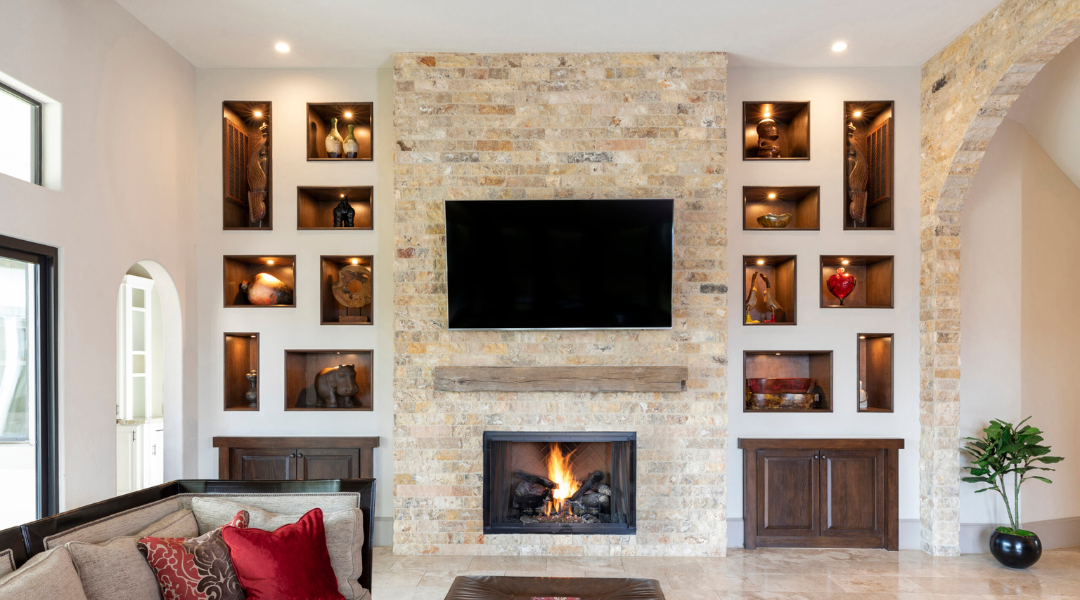
The 2 Categories of Light: Natural and Artificial
There are two basic categories of light — natural and artificial. So, when we think about lighting a space, we must consider both the quality and quantity of light that exists in the space and how to use it effectively.
Things to Consider When Designing a Lighting Plan
- What type of tasks will be performed in the space, and for how long?
- Who are the occupants of this space? (age, disability, skin tone, etc.)
- What is the extent of natural (daylight) available?
- How big is the volume of the space?
- What finishes and textures exist, e.g. glossy or matte?
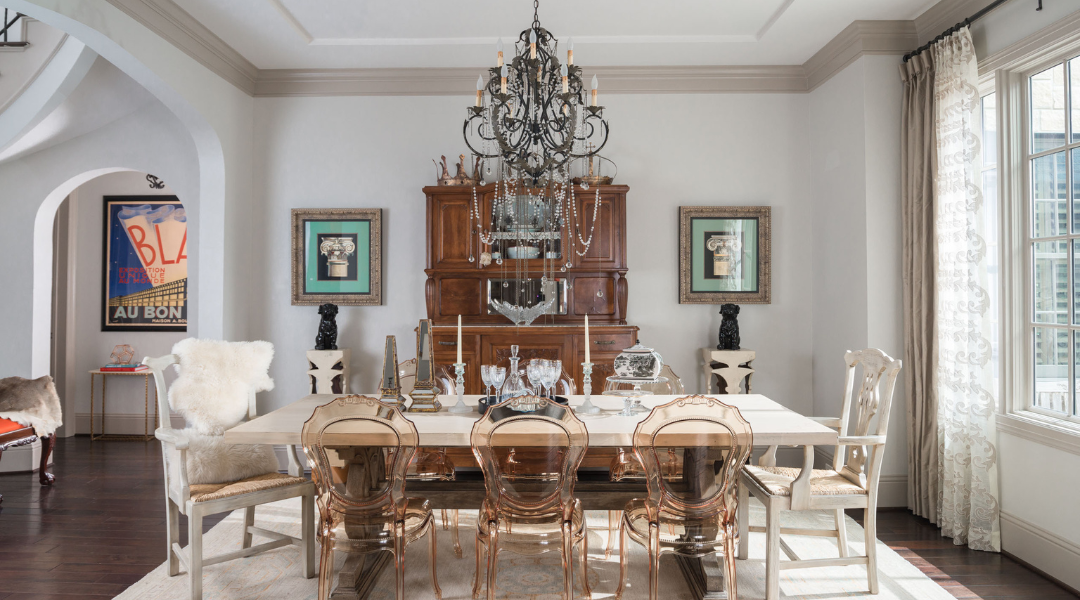
Light Determines Mood
Last but not least, what is the desired mood of the space? Whenever our design team starts a project, we pause and consider all of the points listed above to determine the most effective lighting plan.
Which Bulb is Right for You?
There’s a universe of different types of bulbs used in interior design. One of the most used is LED bulbs. LED bulbs were developed in the 1960s. Since their introduction, LED bulbs have come a long way. Their technology has improved drastically, allowing them to be used indoors rather than just as exterior lighting or in digital displays. These bulbs can be digitally controlled, provide flexibility in color and brightness, and have special effects.
LED bulbs are more expensive to purchase when you look at the up-front cost, but they last so long that they are typically a better investment, and they make up for the cost. We often have clients switch their existing bulbs to LED for clearer true light throughout the home. It is expensive, especially when you have 50, 80, or 150 bulbs to replace, but our clients are always happy when the replacements are done.
Color Temperature in Lighting
Do you remember “Kelvin” from science class? Color temperature is measured in degrees of Kelvin, which is named after the scientist who discovered the phenomenon of color temperature. Kelvin discovered how to measure and communicate how warm or cool light is and the ratio of red to blue in the appearance of light.
The lower Kelvin values are warmer in temperature, and the higher values are cooler. We like to use 2500-3000 Kelvin for interiors, as it’s a softer, more attractive light.
How Do You See Color?
Most humans are trichromats, which means our eyes have three different types of cone cells: red, green, or blue. These cone cells can detect about one hundred shades each. In combination, our cones allow us to see about a million different colors! When nearly all light is reflected, we see white. When no light is reflected, we see black.
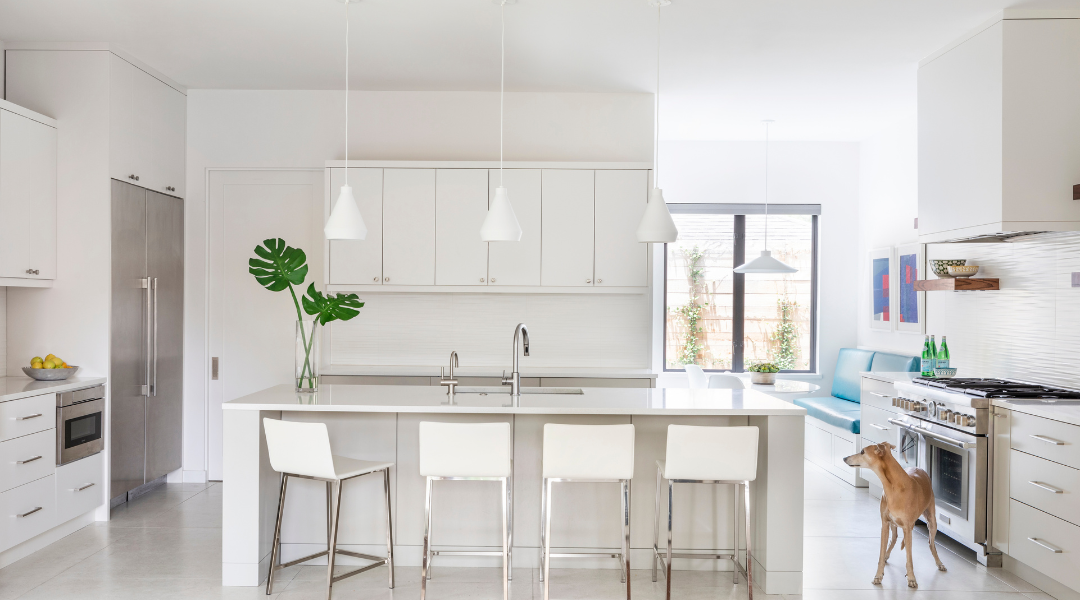
Fun Fact: At low light levels, like at night, colors wash out, leaving shades of gray or very dark colors. Humans’ night vision is designed for seeing black and white, while daytime vision is designed for seeing color.
Interior Design is Nothing Without Efficient Lighting!
Lighting is a very useful design tool that can highlight the design and structural aspects of your home. Layering your lighting is a great way to maximize your style and furnishings and create a visually interesting space. It’s important to go into every design project with an understanding of how it will look in the surrounding light. Remember, light is a tool that we can harness to make things even more beautiful in a home.
If you need help lighting your space, give us a call.
Until next time, let your creative juices flow!
-Danna
 Meet Danna, A Luxury Interior Designer in Houston
Meet Danna, A Luxury Interior Designer in Houston
Danna Smith has more than 30 years of experience in the design industry. She has been a buyer and merchandiser for four luxury showrooms in Houston and Dallas. Smith teaches an evening course at Houston Community College to nurture her passion for developing future design stars. Since joining Pamela Hope Designs in 2015, she has worked on some of her most beautiful and innovative projects yet.
